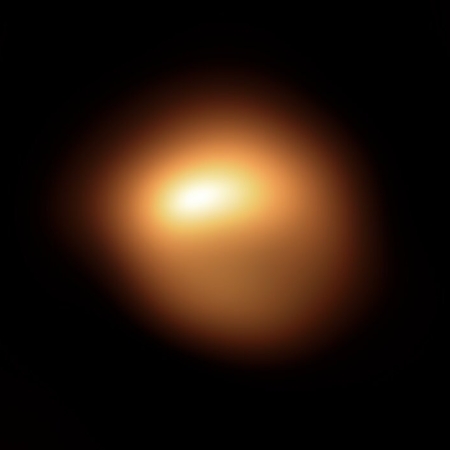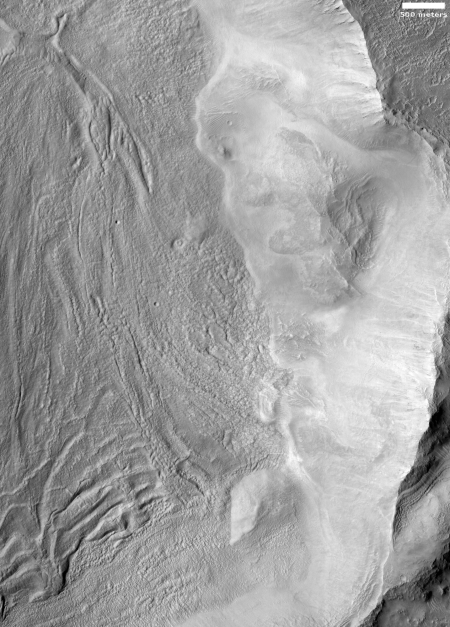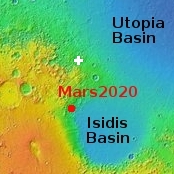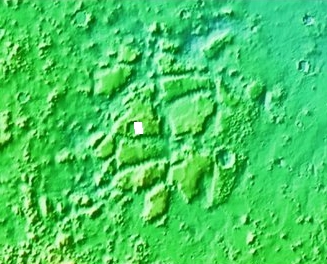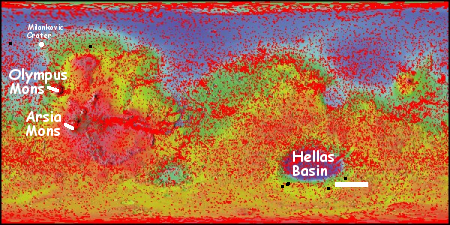Jeff Bezos to spend $10 billion on “climate change”
Jeff Bezos yesterday announced that he plans to spend $10 billion of his own money on “climate change,” awarding grants to “scientists, activists and nonprofits.”
“I want to work alongside others both to amplify known ways and to explore new ways of fighting the devastating impact of climate change,” Bezos said in the post.
I wonder if has any idea what he means by “climate change.” From this and other quotes, I would guess he does not. Instead, it appears his knowledge of the climate field is similar to most leftist politicians and activists, superficial and based on slogans and soundbite claims.
Meanwhile, this story suggests that a good portion of the $4.6 billion he has gotten by cashing out his Amazon stock in the past few years will go to this initiative, rather than his space company Blue Origin.
Jeff Bezos yesterday announced that he plans to spend $10 billion of his own money on “climate change,” awarding grants to “scientists, activists and nonprofits.”
“I want to work alongside others both to amplify known ways and to explore new ways of fighting the devastating impact of climate change,” Bezos said in the post.
I wonder if has any idea what he means by “climate change.” From this and other quotes, I would guess he does not. Instead, it appears his knowledge of the climate field is similar to most leftist politicians and activists, superficial and based on slogans and soundbite claims.
Meanwhile, this story suggests that a good portion of the $4.6 billion he has gotten by cashing out his Amazon stock in the past few years will go to this initiative, rather than his space company Blue Origin.


